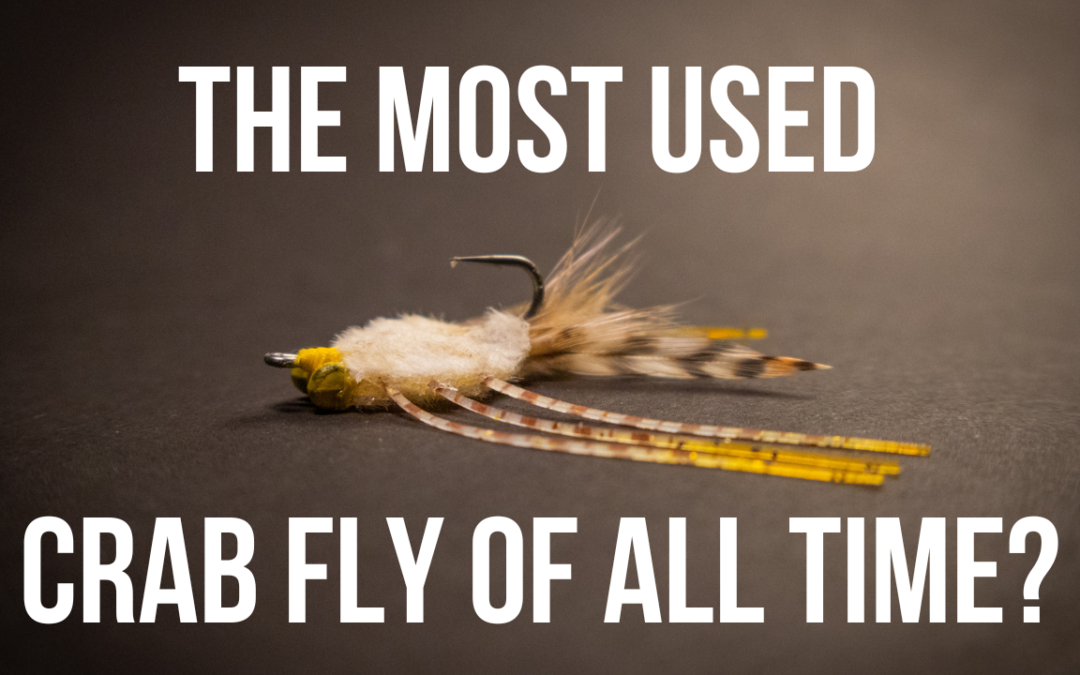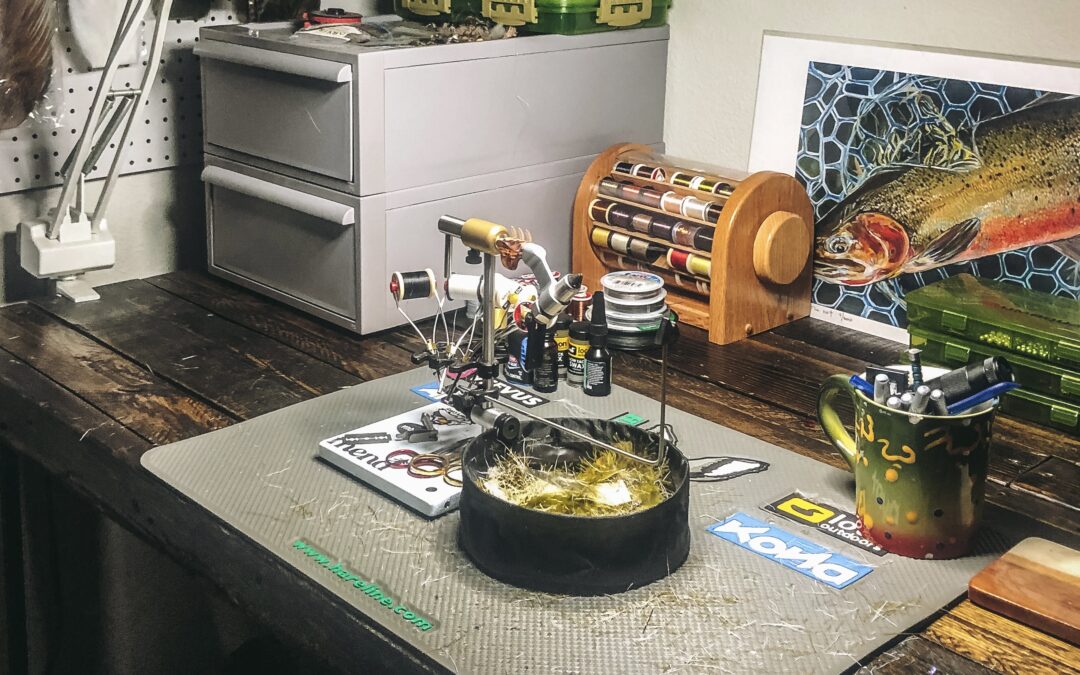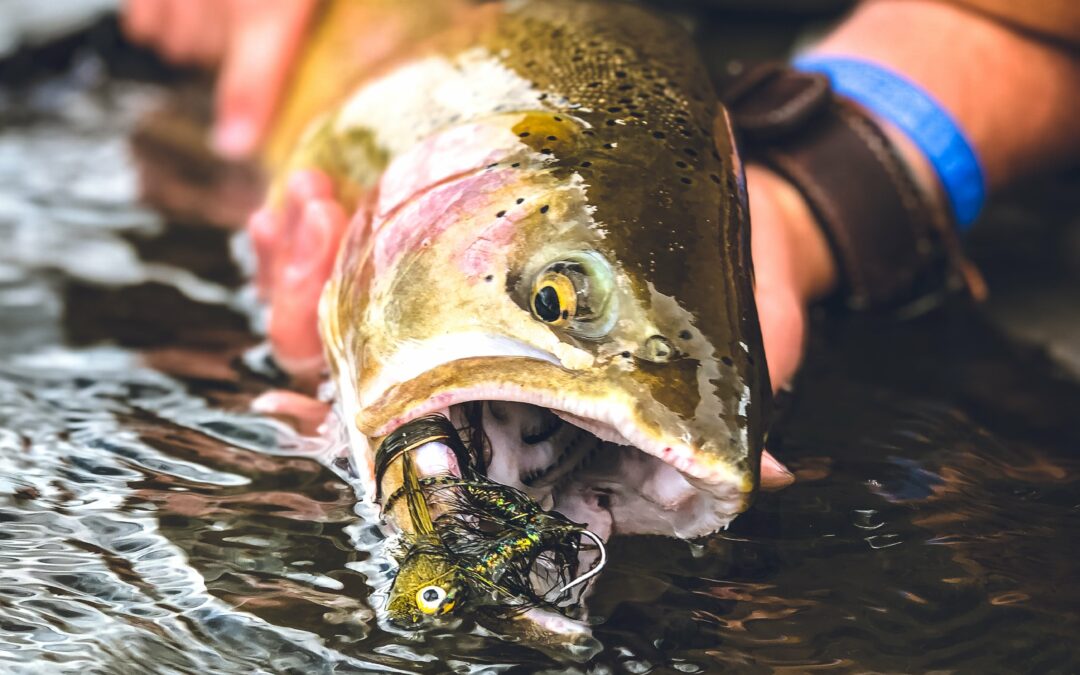Indicators. Whether you love or hate indicator nymph fishing, it’s hard to deny how effective it can be. In my opinion, it should have a place in every well-rounded angler’s quiver of techniques.
It seems that with every angler’s exploration of this style of fishing, the question of what type of indicator is the most productive always arises. I know it certainly has for me and led to testing about every style out there and coming to some revelations along the way. Let’s dive in.
Note** Keep in mind, the following opinions are formed around my experiences fishing predominately the rocky mountain west and the midwest US. However, I believe they will apply to most trout fishing scenarios.
Types of Strike Indicators
As I’m sure you’ve discovered, there are many options out there, and it can be hard to figure out which one you should grab off the shelf. So let’s start with this, some SUCK, some are great.
Bobbers/Bubbles/Disco Balls
Ahh, the infamous bobber. Yes, even though we call them indicators, they’re bobbers, sorry. With that said, I consider anything that is plastic, foam, cork, and round to be a bobber style of strike indicator. While this style shares a lot of commonalities, they are not all created equal.
Without a doubt, my preferred type is an airlock. Airlock used to make clear plastic ones that were phenomenal but have recently switched to making them out of eco-friendly material. As a result, the clear plastic ones are no longer available. I also really like the glow-in-the-dark thingamabobbers. No, not because they are glow in the dark but because they are clear and look just like a dirty bubble floating down the river and add to the stealth of your presentation.
When To Use
I only use these in big water situations where I need to suspend my rig at distance or in high wind situations. Also, if I’m fishing super deep and need a pile of split shot, I’ll use them as they can suspend quite a bit of weight.
When NOt To Use
I only use this style of indicator when I have to. I don’t use them very often for a few reasons. First, they are intrusive and unnatural, which isn’t helpful when fishing to picky tailwater trout or in low clear water situations. Fishing a 3/4 inch neon pink thingamabobber to a fish in a foot of crystal clear water is a sure-fire way to spook the fish. If they can see your #24 midge, they can see the big pink disco ball floating over his head. Don’t do it; it’s silly.
Yarn
Yarn is my jam. It’s by far my favorite style of indicator. I had fished yarn a few times, but it wasn’t till Pat Dorsey showed me his style of yarn indicator that I discovered how effective it could be. I’d say I now fish it around 80% of the time I’m using an indicator.
The New Zealand strike indicator tool is the most popular way to make and use yarn indicators. You can also use the Dorsey style I mentioned above and watch a video here.
The advantage of yarn really comes down to stealth, in my opinion. It rides high, looks relatively natural (depending on what color you use), and most importantly, lands incredibly soft when hitting the water. These are all HUGE advantages in tactical situations when everyone else is dropping neon grenades on their heads all day. Not to mention, it detects the most subtle take, which is critical in winter situations and when dealy with tricky trout.
When To Use
I use it as much as possible, especially in situations when stealth is required. Anytime water is low, clear, or fish are indicator shy. So basically all the time.
When Not To Use
You’re pretty much mounting a parachute on your line. Any time you have to fish at length or the wind is blowing is not a great time to use a yarn indicator. I would say not to when you’re fishing a lot of weight, but I’ve found yarn can actually support a fairly heavyweight nymph rig.
Sighters
Sighters are a style of indicator that generally go hand in hand with heavily weighted jig flies and European-style nymphing. While this is true, you can easily adapt this style of sighter to be fished with unweighted flies and split shot. The possibilities are endless if you get creative.
I use sighters often, especially when fish seem to be extra indicator shy and the bite is tough. The advantage of using a sighter is that it’s not a suspension device, meaning there is no physical object floating on the water. Instead, the sighter is composed of highly visible pieces of monofilament that help you detect strikes by seeing slight jumps and stops in the line as you high stick.
I’m not going to go into making or fishing with a sighter; just know they can be an extremely effective tool in high-pressure situations.
When To Use
I use them a lot when fishing for larger fish that I know will run for the hills if I float an indicator over their head. Sighters are also great in close-distance situations or when fishing around a lot of structure like rock gardens and weirs.
When Not To Use
They’re not particularly useful when fishing at distance or when the wind blows.
Hopper Dropper
The last style I’m going to cover is actually not an indicator at all. Using a large buoyant dry fly as an indicator can sometimes be the key to success. Many call this style of fishing/indicator “hopper dropper.” It is particularly productive in the summer when you have the chance of a fish not only eating your nymphs but eating your dry as well. In a nutshell, you use the dry just as you would any other indicator. If you see it acting fishy, set the hook.
When To Use
I use a hopper dropper in warm weather months when fish are actively feeding on dries or seem to be extra indicator shy.
When Not To Use
I only use it when it makes sense which I described above.
Basics of Using an Indicator, Successfully
Rigging
For beginners, rigging your nymph rig and indicator can be a mystery. It’s best to keep it simple. Keep your indicator at 1.5-2x the water depth you’re targeting. So if you’re casting to a fish in 3 feet of water, the distance from your weight to your indicator should be somewhere in the 5-6 foot range. Now, this isn’t set in stone. You will need to learn to adjust accordingly based on variables like current speed, drift distance, the weight of your rig, and more. The name of the game is always to be making micro-adjustments until you find success.
Casting
The last thing I want to touch on is casting your indicator rig. The biggest thing to understand is that a dry fly and indicator rig does not cast the same. If you try to throw tight loops with an indicator, split shot, and multiple flies, you’re going to end up with a tangled mess. Instead, explore different types of casts like the water load or roll cast till you find what works best for you.
Overall, indicators are a phenomenal tool when using the right one in the right situation. Feel free to comment below with questions, disagreements, etc., and I’ll get back to you asap.



0 Comments